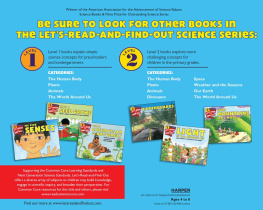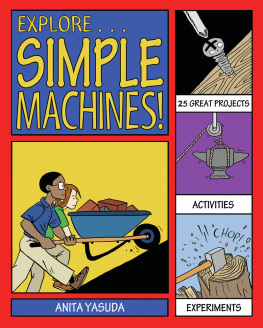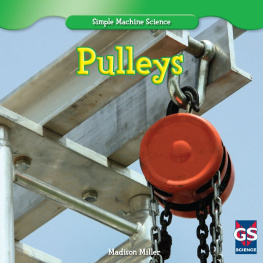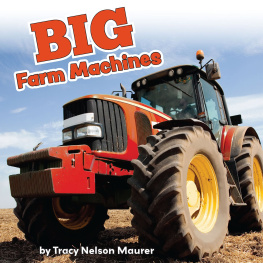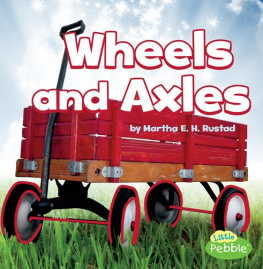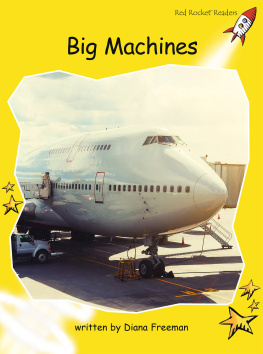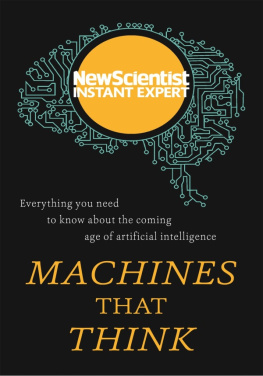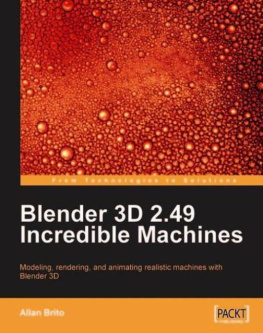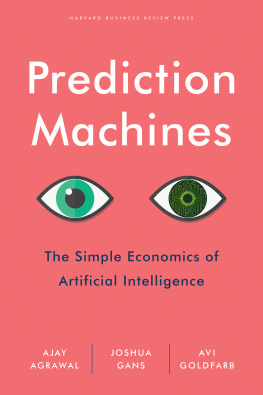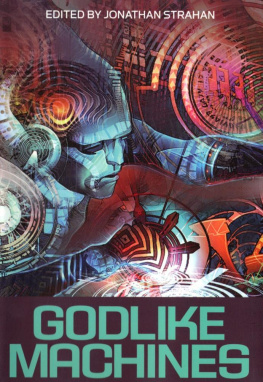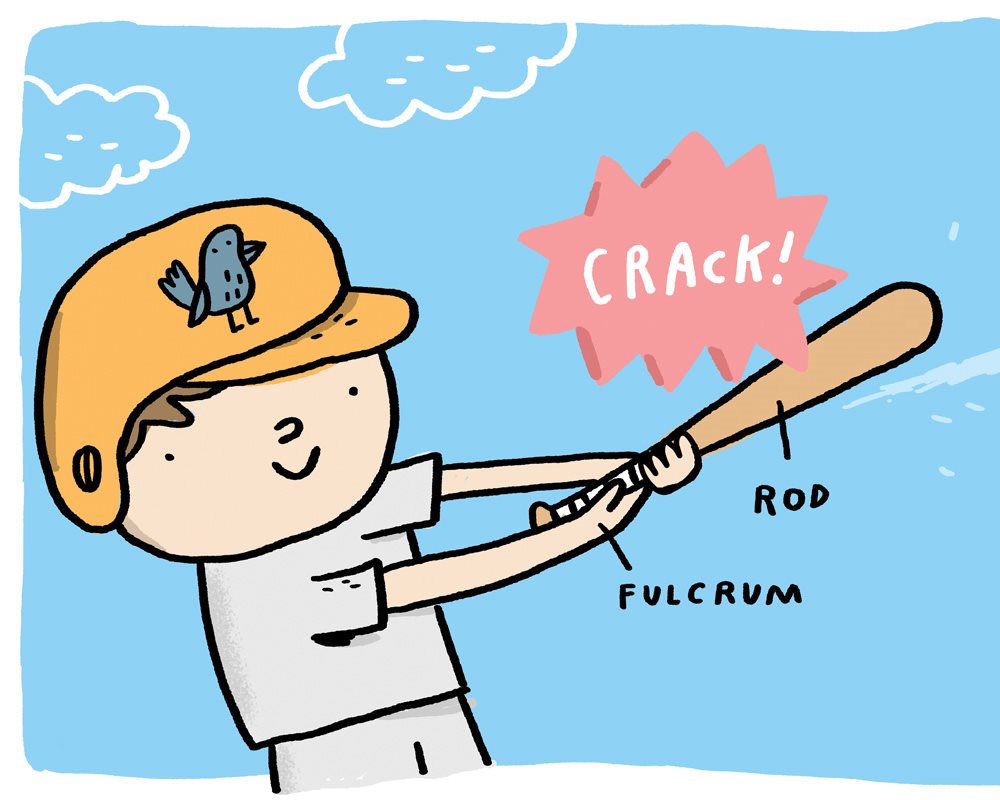

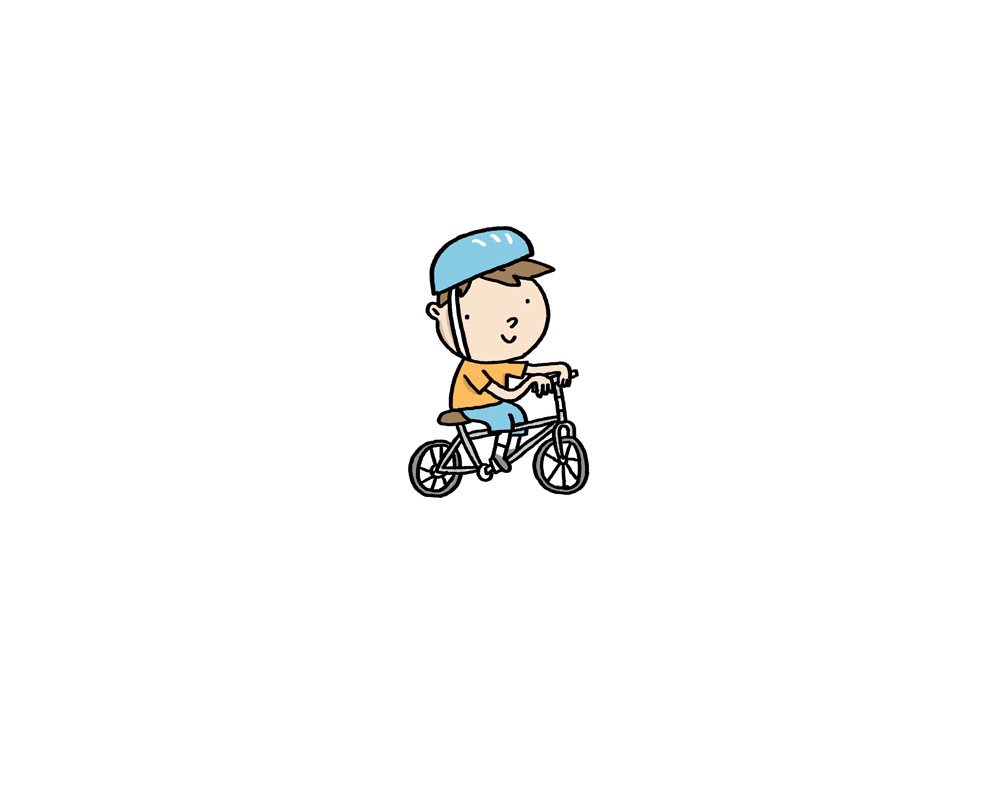

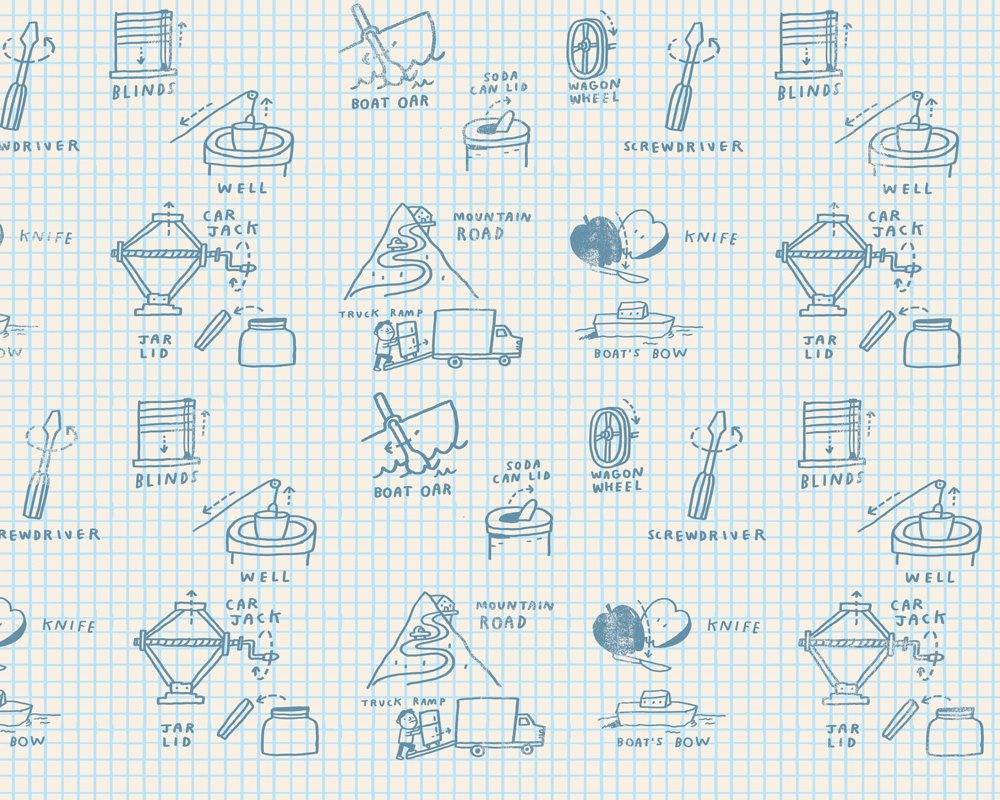



Special thanks to Dr. Babatunde A. Ogunnaike, William L. Friend Chaired
Professor of Chemical Engineering and Dean, College of Engineering, at
the University of Delaware, for his valuable assistance.
The Lets- Read- and- Find- Out Science book series was originated by Dr. Franklyn M. Branley, Astronomer Emeritus and former Chairman of the American Museum of Natural HistoryHayden Planetarium, and was formerly co- edited by him and Dr. Roma Gans, Professor Emeritus of Childhood Education, Teachers College, Columbia University. Text and illustrations for each of the books in the series are checked for accuracy by an expert in the relevant field. For more information about Lets- Read- and- Find- Out Science books, write to HarperCollins Childrens Books, Broadway, New York, NY 10007, or visit our website at www.letsreadandfindout.com.
The artist used pen and ink and digital media to create the digital illustrations for this book.
Lets Read- and- Find- Out Science is a trademark of HarperCollins Publishers.
SIMPLE MACHINES. Text copyright 2015 by D. J. Ward. Illustrations copyright 2015 by HarperCollins Publishers. All rights reserved under International and Pan- American Copyright Conventions. By payment of the required fees, you have been granted the non- exclusive, non- transferable right to access and read the text of this e- book on screen. No part of this text may be reproduced, transmitted, downloaded, decompiled, reverse engineered, or stored in or introduced into any information storage and retrieval system, in any form or by any means, whether electronic or mechanical, now known or hereinafter invented, without the express written permission of HarperCollins Publishers.
Library of Congress Cataloging- in- Publication Data is available.
EPub Edition 2015
ISBN: 9780062430908
FIRST EDITION

To Ian, our first machine expert D.J.W.
To Katrin and Allister, my two most
favorite humans M.L.

H ave you ever had to move something
really heavy? How did you do it?

Did you grab it from
underneath and lift
with all your might?
Did you lean
your shoulder into it
and push?
Did you tie a rope
to it and pull, pull,
pull?
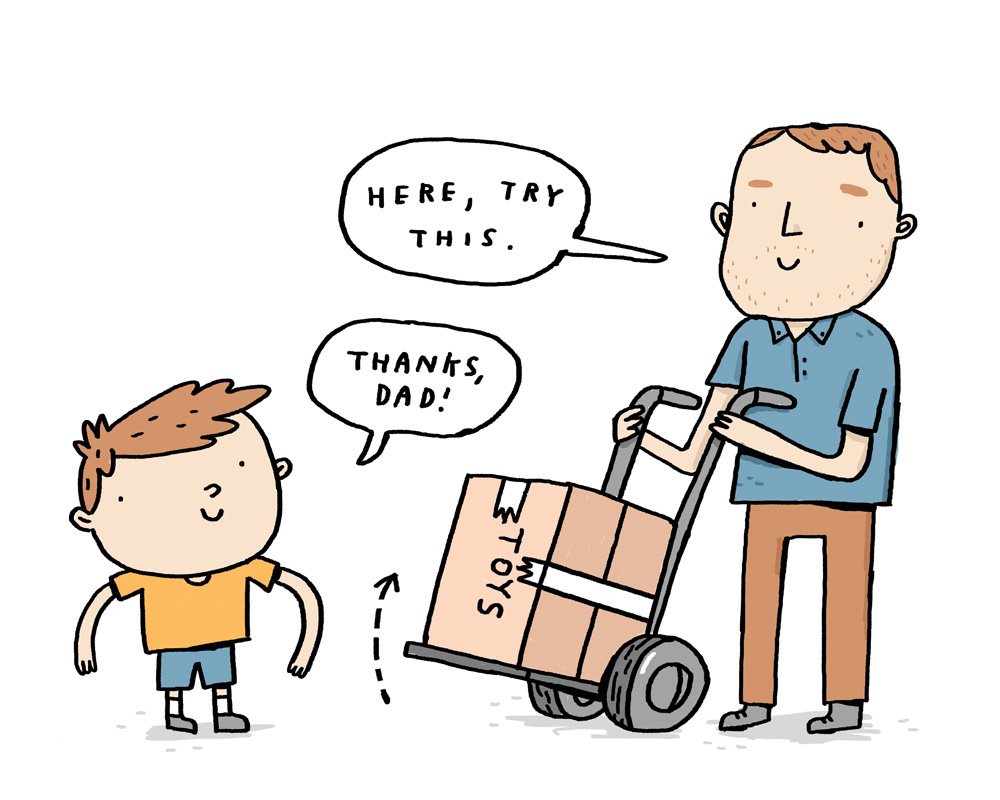
Or did you use a machine? With a machine, you dont have
to lift or push or pull so hard. Machines make work easier.
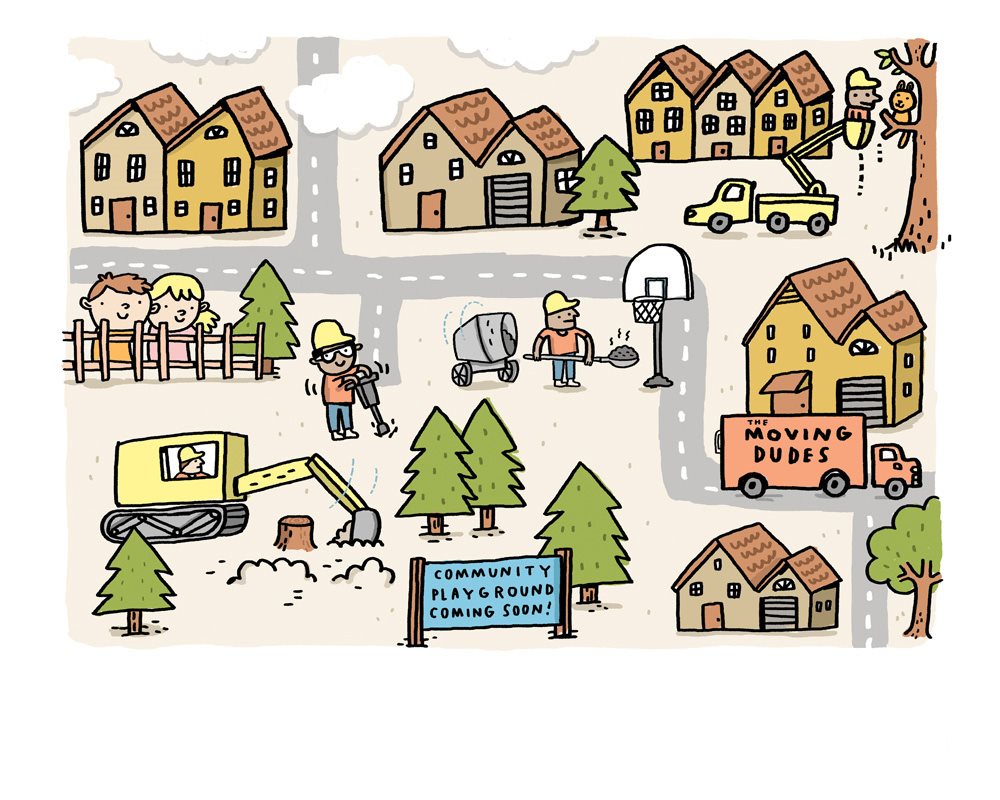
Thats why machines are everywhere! Look around your
neighborhood. We use machines to help us get around.
Machines help us dig and build and knock things down.
They help us reach way up high.
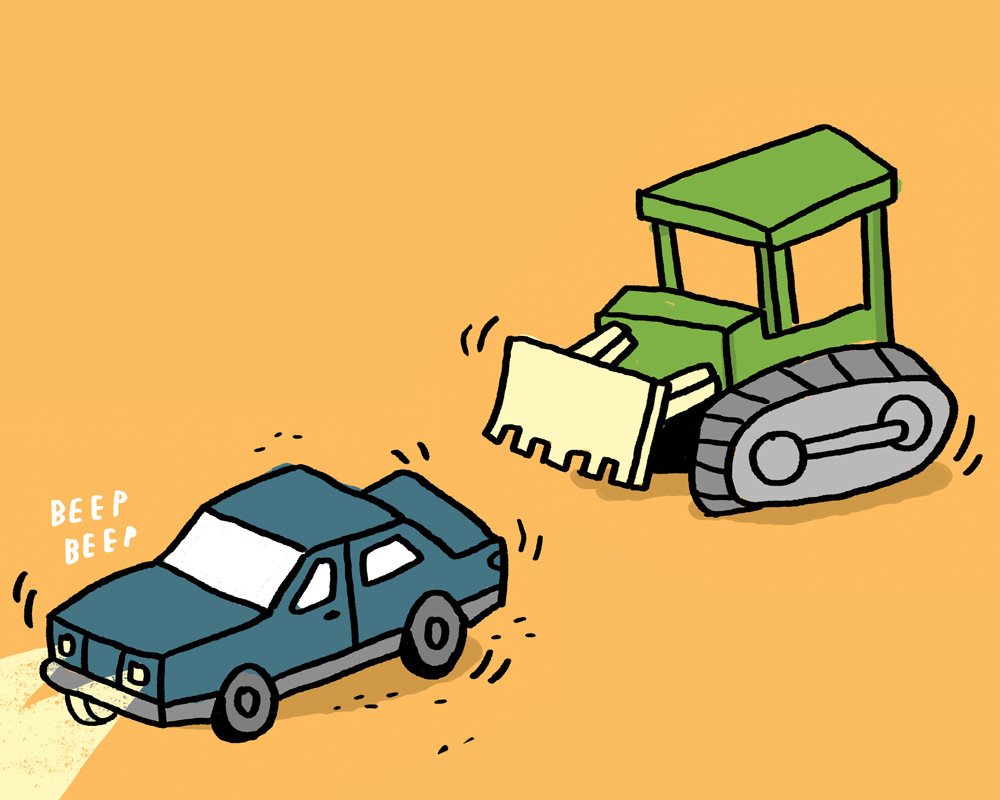
Cars, bulldozers, and lawn mowers
are machines with lots of moving parts.
But not all machines are so complicated.
Some are so simple that you might not
even think of them as machines.
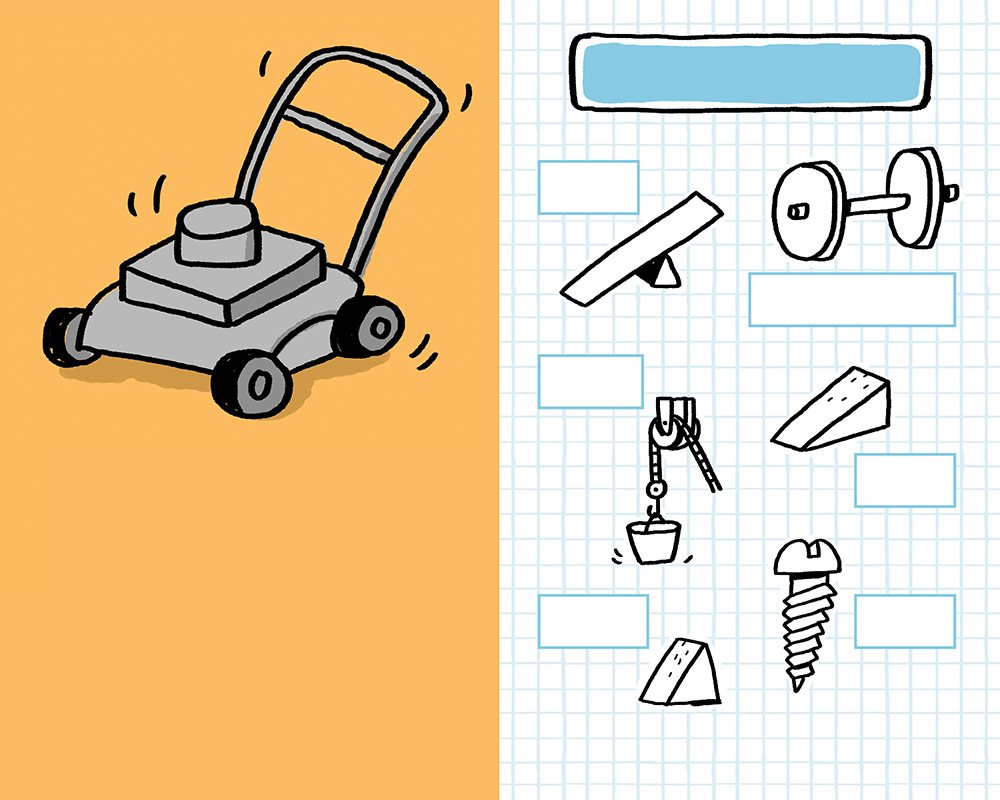
They are called simple machines.
Six Simple Machines
Lever
Wheel and Axle
Pulley
Ramp
Wedge
Screw
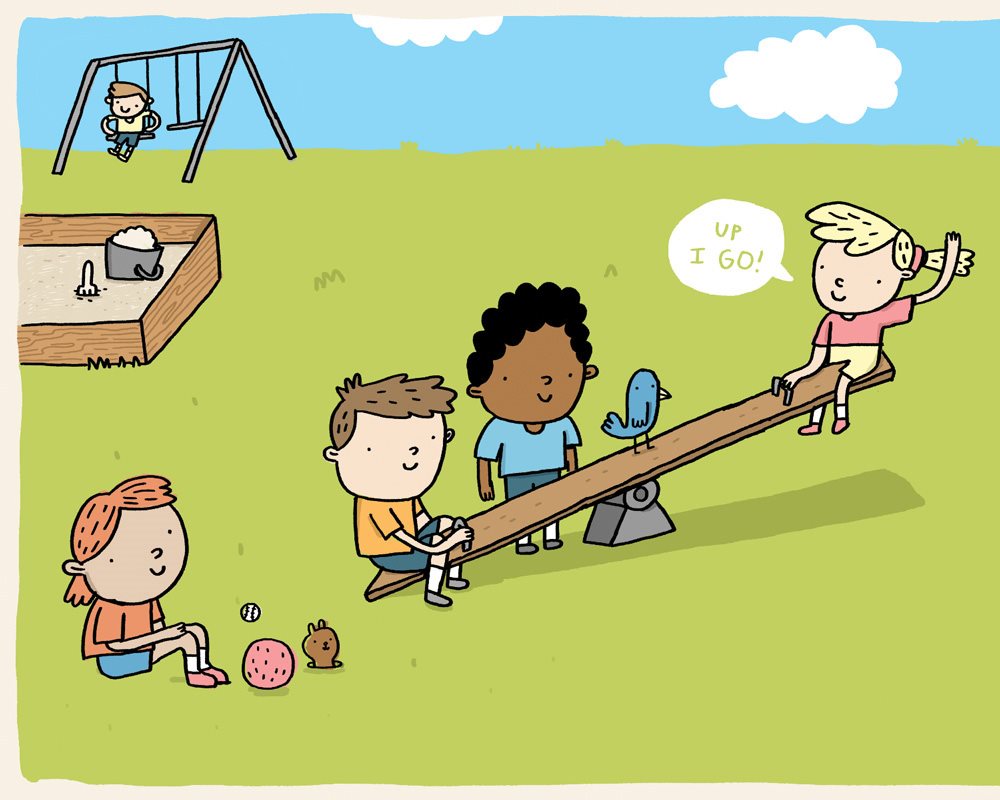
Think about a seesaw. You sit
on one end of a long board. Your
friend sits on the other side.
The board rests on something in the
middle that lets each end tip up and down.
By pushing down on your end of the board,
you can make your friend go up.
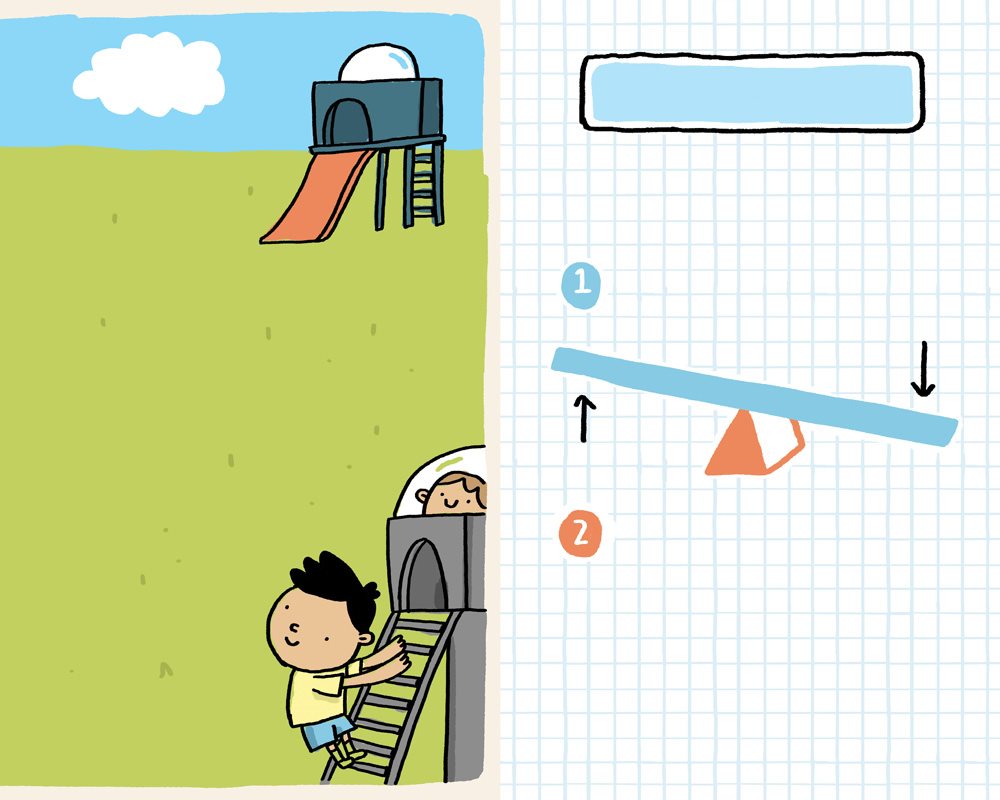
Have you ever tried
to lift your friend without
using a seesaw? Its hard,
isnt it? The seesaw makes
lifting your friend easier.
Its a simple machine!
Lever
The seesaw is a simple machine called
a lever. All levers have two parts.
The first part is a board or a rod
that wont bend or break easily.
The other part is something that
will let the lever turn or tip. This is
called the fulcrum.
When you push down on one end of a
seesaw, the other end goes up. When your
end lifts up, the other side goes down.
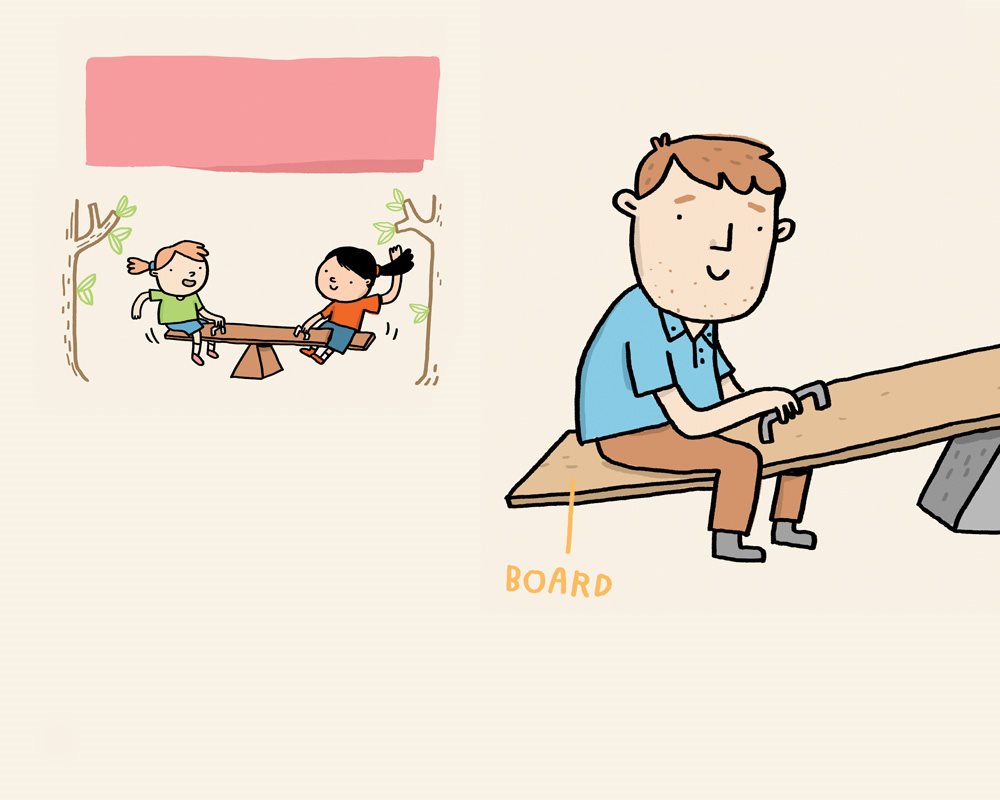
Making your friend go up
is easy because you both are
about the same weight.
But imagine instead if
your mom or dad were on
the other side. They weigh
much more than you do.
It would be very hard to
make them go up. You
might get stuck high off the
ground!
But if we change the
seesaw, you can lift them!
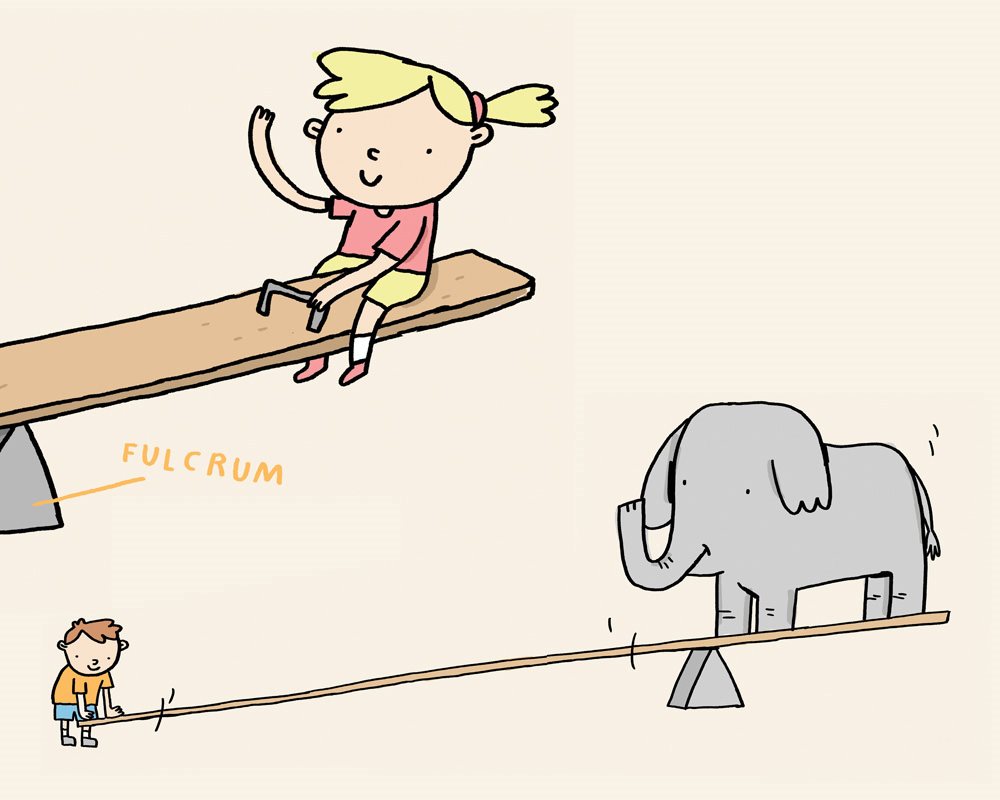
Move the fulcrum closer
to your mom or dad
so there is more of the
board on your side. Push
down on the long side.
The closer the fulcrum is
to your mom or dad, the
easier they will be to lift.
If you have a long
enough lever, you could
even lift an elephant!

Levers are not only good for making us stronger.
They can also help us make things go faster. Pick
up a stick and wave it back and forth in the air.
Can you see that the end of the stick moves very

